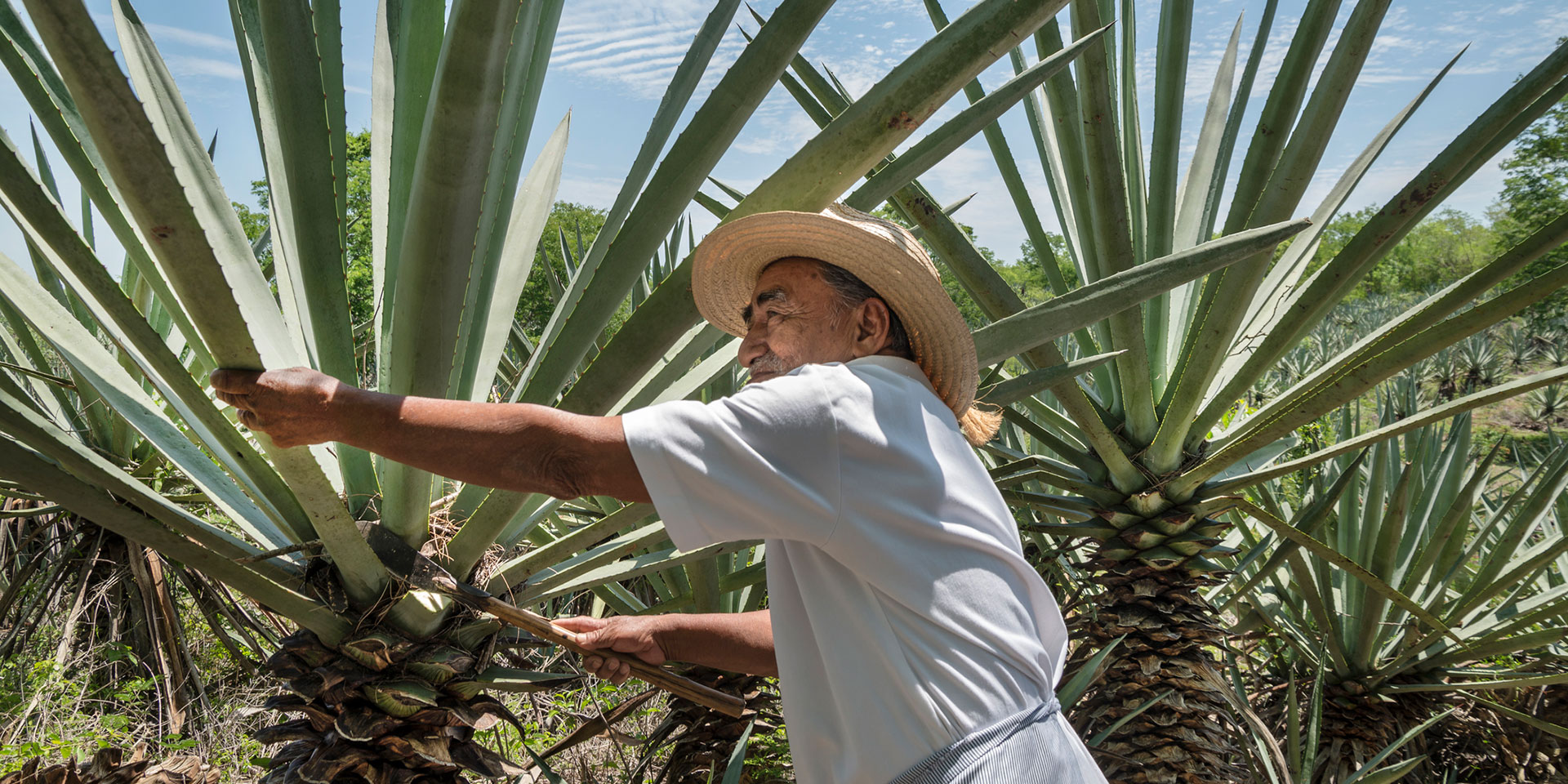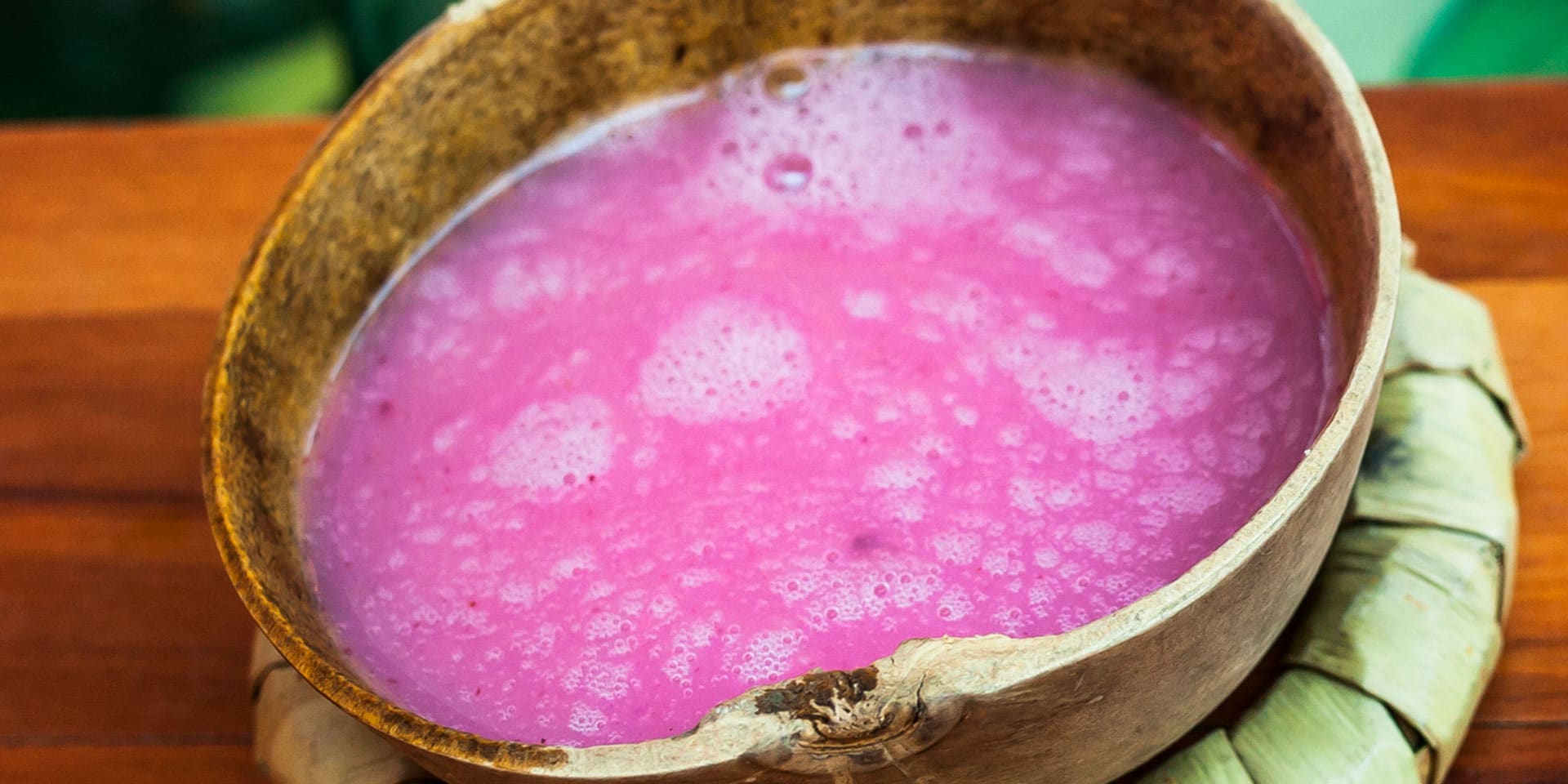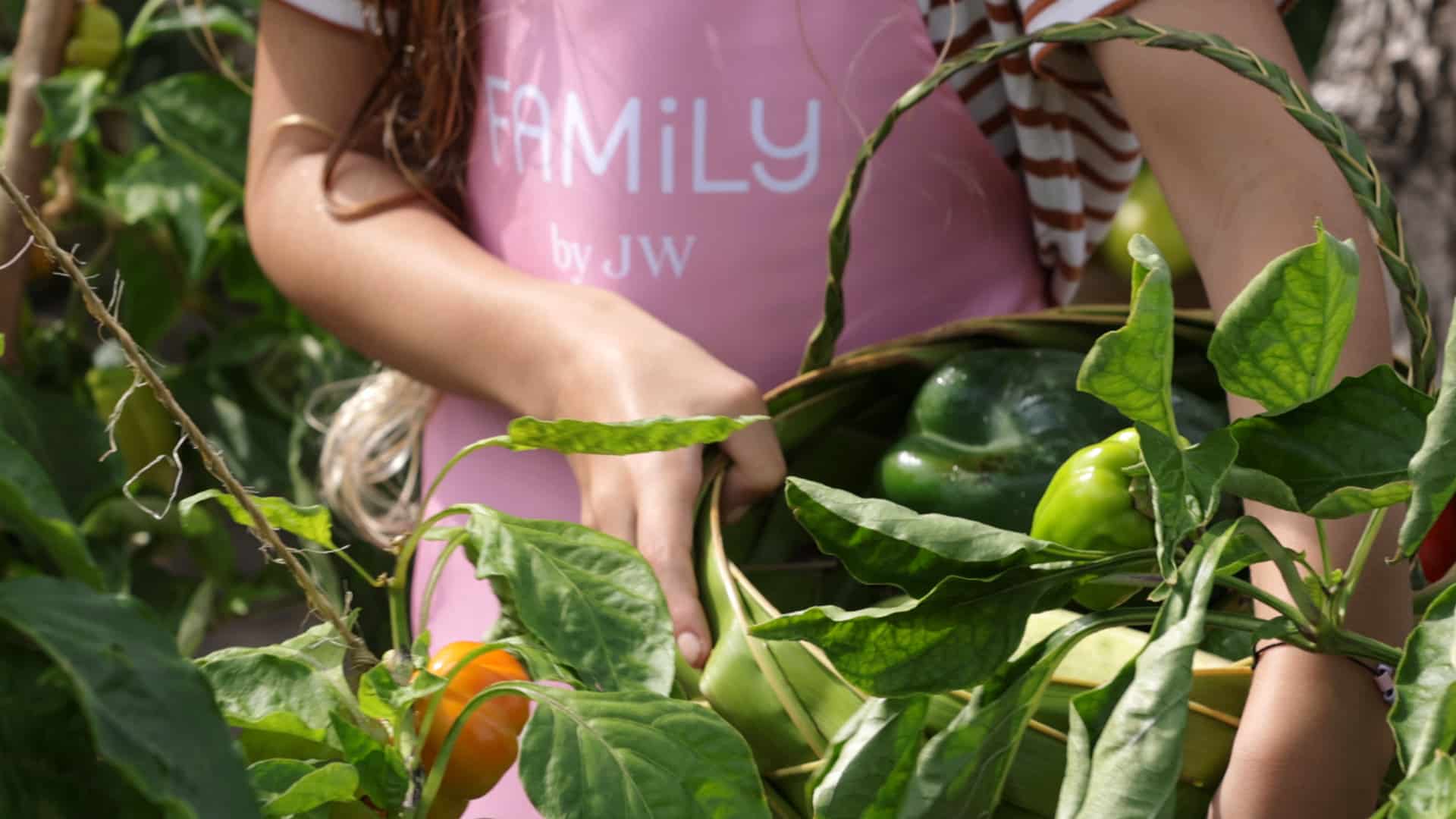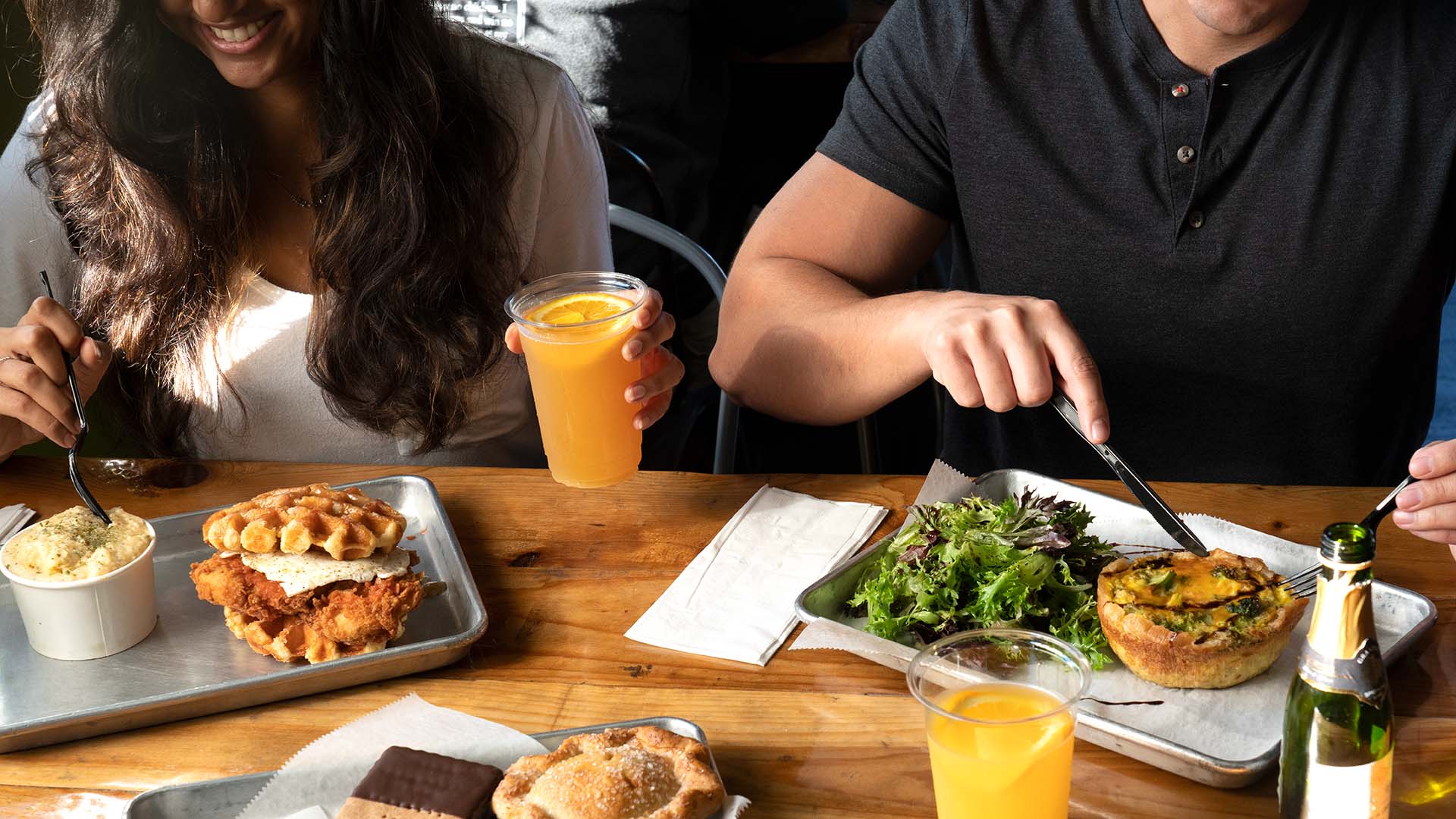
Tejuino is typically sold by street vendors. (Photo: Getty Images)
Eat + DrinkMexico’s Pre-Hispanic Drinks: A Gift From the Gods?
By Paola Quintana VeraThe sacred text of the Maya, the Popol Vuh, states that humans were made of corn. After attempts to create people with mud and wood, the gods finally found that corn was the perfect material with which to create human beings.
Originating in Mexico, this ancient grain is both a fundamental part of our being, as well as a basic ingredient in Mexican food and drinks since pre-Hispanic times.
Of course the agave plant and cactus have also played an important part in the country’s culinary and beverage heritage, so much so that the cactus even appears on the national flag.
In fact, a single sip of any pre-Hispanic drink represents thousands of years of Mexican history, so read on to find out the best places to get started on your own journey of discovery.

DRINKS MADE WITH CORN
Dozens of dishes are made with corn, but it’s also an important ingredient in the drinks created and enjoyed by the inhabitants of these lands for centuries, and which continue to be part of their traditions.
Tejuino
Typically sold by street vendors around the city of Guadalajara, tejuino is made by mixing nixtamalized corn, water, lemon and brown sugar. It’s then left to mature for two or three days in a clay pot covered with a cloth, so the alcohol content is very low.
It’s served cold with either lemon juice and salt or lemon sorbet, and although somewhat thick, it’s very refreshing. With a bittersweet taste, it also contains probiotics that help to balance gut bacteria.
To try it, head over to a place called Marcelino in the city’s market, known locally as La capilla de Jesús, or Chapel of Jesus. Its owner, Manuel Ornelas, has been making tejuino for over 60 years.
Pozol
Pozol is made by mixing nixtamalized corn with toasted cocoa, sugar and water, and is a typical southern Mexican drink, particularly in the states of Chiapas and Tabasco.
The ancient inhabitants of the region called it pochotl and valued it not only to quench their thirst, but as something to take on long journeys. Traditionally the ingredients are ground and mixed by hand, then served in a wooden vessel called a jícara.
There are many different varieties, and the way it’s made changes depending on the area. When visiting Villahermosa, head to Pozolería Usumacinta ‘Lo que tiene Tabasco’, a favorite pozol place for locals and tourists alike.
DRINKS MADE WITH CACTUS AND AGAVE
These succulents grow mainly in the central and northern regions of the country, and are the base raw ingredients used to make some classic Mexican alcoholic drinks.
Colonche
Between July and October, when the prickly pear cactus bears its fruit, you can try a type of wine called colonche in Zacatecas, San Luis Potosí and Guanajuato.
To make the drink, cardona prickly pears are peeled, mashed and strained, and the liquid is then boiled and left to ferment over several days.
The result is a fizzy drink, with a sweet flavor and intense redcolor. Every September in Guanajuato, a festival known as the Feria del Colonche takes place in San Felipe to celebrate this drink.
Pulque

Pulque is without a doubt the most well-known of the pre-Hispanic drinks, made by fermenting aguamiel, a sweet juice extracted from the agave plant. Until the mid-1930s, when the boom of the brewing industry began to overshadow it, pulque was a popular drink enjoyed throughout the country.
It’s currently going through a revival, and whether natural or cured (when fruits or seeds are added during the preparation process), it can be found in bars and specialized stores called pulquerías.
Make your way to a place called Las duelistas in Mexico’s Centro Histórico, where they have been delighting visitors with the best pulque in the area for more than 80 years.
Nutritious, refreshing and slightly intoxicating, pre-Hispanic drinks are a must-try if you’re visiting Mexico and keen to taste an important part of its history.







